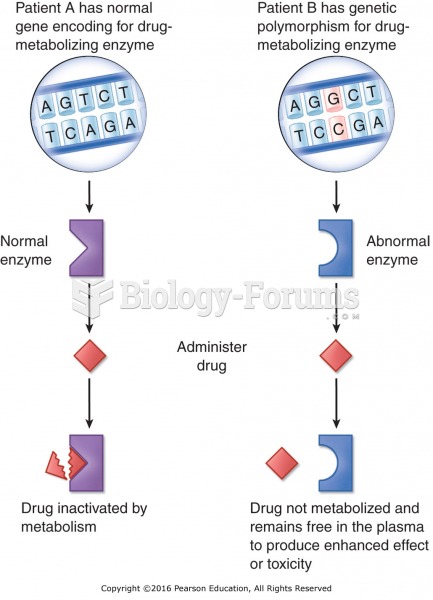Answer to Question 1
Answer: In Britain urbanization occurred with industrialization. More than half of Britain's people lived in cities and towns by about 1900. Several developments over the previous 200 years had resulted in the concentration of Britain's population in cities. These included the following: 1. Improvements in agricultural technology reduced the need for the number of agricultural workers. Landowners found it profitable to release employees and to evict tenants, resulting in rural depopulation. 2. Displaced workers migrated to the cities where many were absorbed by the concurrent labor intensive activity stage of the Industrial Revolution. 3. Population pressures were somewhat relieved by emigration, or else by the forcible exportation of criminals and debtors throughout the British Empire. The colonies of Georgia and Australia absorbed many of these deported people.
Answer to Question 2
Answer:
1. The concentric zone model of urban growth and land use has a city core called the central business district (CBD), which concentrates office buildings and retail shops The CBD is surrounded by less-intensive business uses such as wholesaling, warehousing, and even light industrythat is, nonpolluting industries that require relatively small quantities of raw materials. Residential land use surrounds this urban core.
2. The sector model assumes that high-rent residential areas expand outward from the city center along new transportation routes such as streetcar and suburban commuter rail lines. Middle-income housing clusters around high rent housing, and low-income housing lies adjacent to the areas of industry and associated transportation, such as freight railroad lines.
3. The multiple-nuclei model recognizes the development of several nodes of growth within an expanding city area. The city's multiple nuclei may each concentrate on a different special function, and each promotes further nearby development.
4. The peripheral model shows how radial and circumferential highways continue to draw activities out of the central city and to disperse them around the region.







